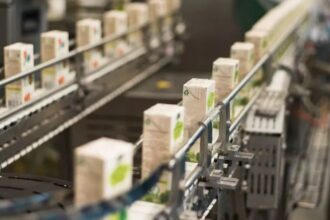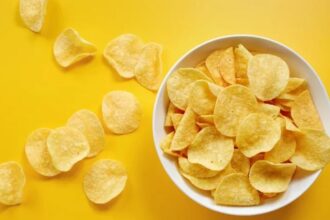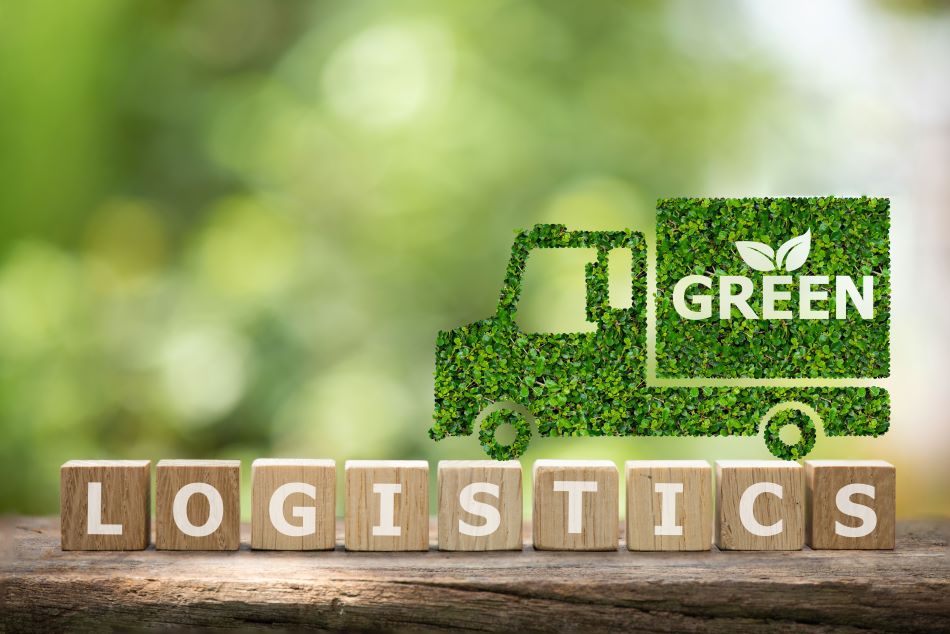Introduction:
Bubble tea has evolved beyond a trendy beverage, representing a thriving cultural phenomenon and a high-growth sector, particularly among Gen Z consumers. In the United States, the category has grown into a billion-dollar market, but behind the visually striking layers and consumer appeal lies a pressing challenge for business operators is rising tariffs.
Historically, the U.S. bubble tea industry has relied heavily on Asia for essential ingredients, such as tapioca pearls from Taiwan, tea leaves from China, and flavored syrups from Southeast Asia. However, a notable shift is now underway.
The implementation of new U.S. tariffs on imported goods presents immediate supply chain challenges. Yet, it also opens the door to domestic sourcing opportunities, localized innovation, and the emergence of more resilient business models within the U.S. bubble tea ecosystem.
U.S. Bubble Tea Industry Turning Tariffs into Opportunity
Rising U.S. tariffs have disrupted the bubble tea industry by driving up costs for imported tapioca, tea leaves, and packaging. They are also accelerating a shift toward domestic sourcing and production. As businesses seek to reduce reliance on international supply chains, new opportunities are emerging for U.S.-based ingredient suppliers, equipment manufacturers, and regional tea growers. This adaptation is fueling a more resilient, locally rooted bubble tea ecosystem. While the short-term effects are challenging, the long-term gains in competitiveness are promising. This tariff landscape is inadvertently fostering a strategic shift towards domestic resilience and opportunity:
- Rise of U.S. Production Facilities:
- The most prominent example is Boba Guys’ Tapioca USA in Hayward, California, the only boba production facility in the U.S. The venture has faced import uncertainties and costs, now they aim to bring transparency and supply chain control. While they still import some raw tapioca starch from countries such as Thailand, the ability to process and produce pearls domestically is a significant step towards self-sufficiency. This move was not just about tariffs, but tariffs certainly amplify its strategic importance.
- Sourcing Local, Brewing Fresh:
- Businesses are increasingly exploring domestically grown ingredients to mitigate tariff impacts. This could mean a greater focus on U.S.-sourced fruits for purees and flavorings, or even exploring native botanicals. This shift aligns with growing consumer preferences for fresh, natural, and locally-sourced ingredients, offering a dual benefit beyond just cost savings.
- Innovation in Alternatives and Recipes:
- Tariffs on traditional imports could spur innovation in creating alternative sweeteners, flavor concentrates, or even unique toppings from U.S. suppliers. This pushes the boundaries of traditional bubble tea, leading to exciting new product lines.
- The market is already seeing a trend towards healthier options, low-sugar variants, and dairy-free alternatives. Tariffs may accelerate the development of such products using more accessible domestic ingredients.
- Strengthening U.S. Supply Chains:
- The emphasis on domestic sourcing reduces reliance on complex global supply chains, which are vulnerable to geopolitical tensions and logistical challenges. This builds a more robust and predictable supply network, reducing lead times and improving consistency.
U.S. Bubble Tea Market 2.0 is On the Rise
While the current landscape brings its share of challenges, it also opens doors to strategic growth. According to the Budget Lab at Yale, the cumulative impact of all enacted tariffs could increase average household costs by $2,400 in 2025. Yet for forward-thinking bubble tea entrepreneurs, this signals a pivotal opportunity: investing in domestic sourcing and production could not only reduce dependency on imports but also enhance brand resilience and appeal to value-conscious consumers.
Key Takeaways for Businesses:
- Invest in Local Partnerships: Forge stronger relationships with U.S. farms, food processors, and manufacturers. Explore opportunities for custom ingredient development.
- Adapt Your Menu: Embrace seasonal, locally-sourced fruits and ingredients. This can be a compelling marketing story that resonates with conscious consumers.
- Embrace Innovation: Look for U.S.-based suppliers for packaging, equipment, and even new flavor profiles that might be less susceptible to import duties.
- Educate Your Customers: Be transparent about the reasons behind any price adjustments, highlighting your commitment to quality and, where possible, supporting domestic production.
While U.S. tariffs certainly present obstacles, they are simultaneously creating a unique impetus for the bubble tea market to brew success from within. By embracing localization, fostering domestic innovation, and building resilient U.S.-centric supply chains, turning these trade policies into an unexpected catalyst for growth, and establishing a more stable, uniquely American bubble tea future. The market is evolving, and those who adapt will be the ones pouring success into their cups.
















